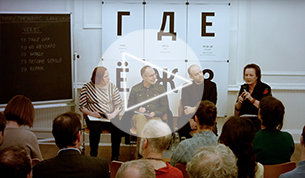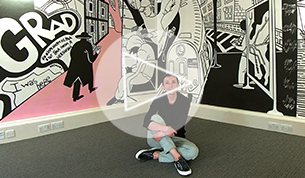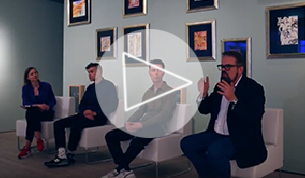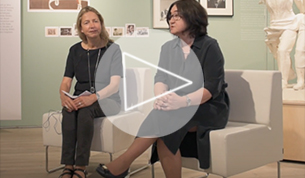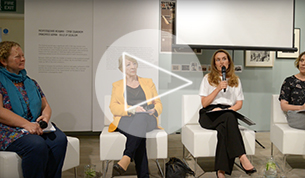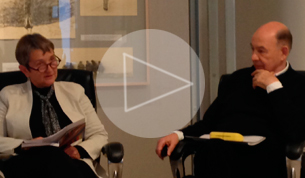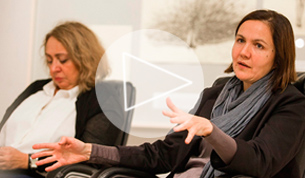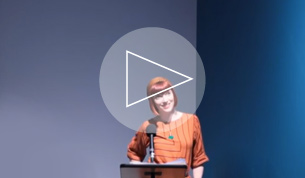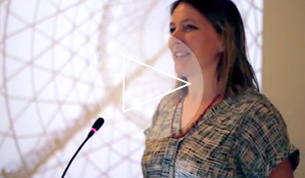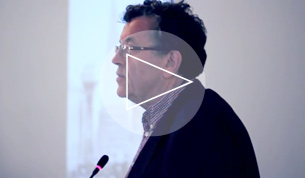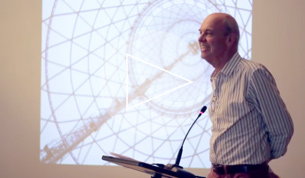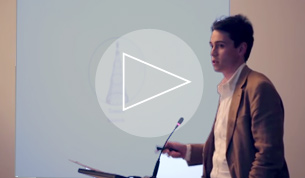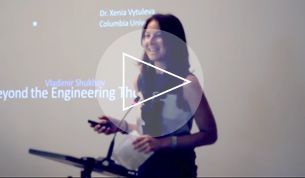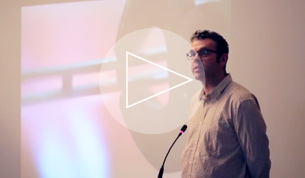Watch
Mother Tongue
Apparition of the Last Soviet Artist in London
ShadowMemory x Art Night Open
Postponed Futures
Superwoman: ‘Work, Build and Don’t Whine'
Unexpected Eisenstein
-
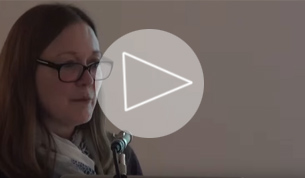 Rachel Morley:
Rachel Morley:
Russian Cinema before 1917 -
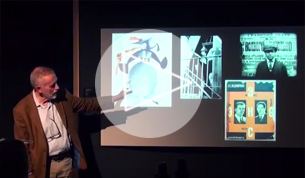 Ian Christie:
Ian Christie:
Besides Eisenstein: Protazanov, Barnet and the new Soviet cinema of the 1920s -
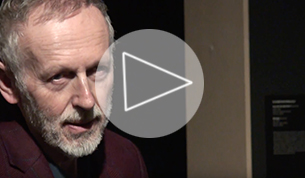 Ian Christie:
Ian Christie:
Maxim and co: creating the new heroes and heroines of the 1930s -
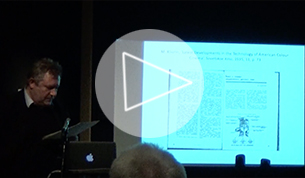 Phil Cavendish:
Phil Cavendish:
Soviet Colour Film, 1929-1945: An Experiment Understood by Very Few -
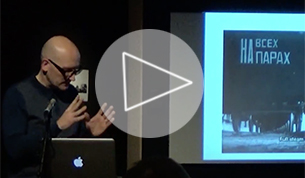 Jeremy Hicks:
Jeremy Hicks:
Meaningful Martyrdom — Death, Revolution and Victory from Lenin to the Reichstag, 1924–45 -
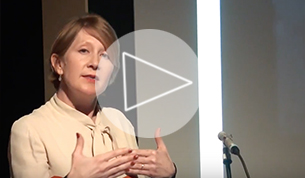 Emma Widdis:
Emma Widdis:
Film and the Making of the New Soviet Person: Bodies, Minds and Feelings -
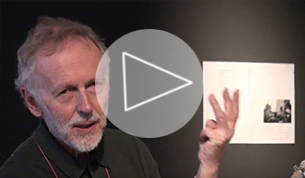 Ian Christie:
Ian Christie:
Hopes and fears: the Soviet New Wave of the 1960s -
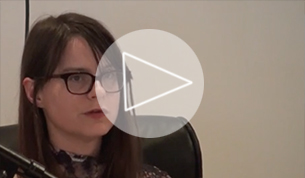 Carmen Gray:
Carmen Gray:
Andrei Tarkovsky: The Citizen Poet and the State -
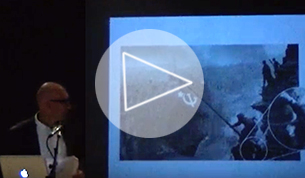 Jeremy Hicks:
Jeremy Hicks:
Reusing War Footage in Russian and Soviet Films, 1945–2015
Peripheral Visions
A Game in Hell. The Great War in Russia
-
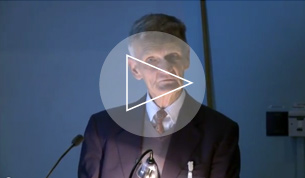 John E. Bowlt:
John E. Bowlt:
Introductory remarks -
 Elena Sudakova:
Elena Sudakova:
'Forgotten Heroes of the Great War' -
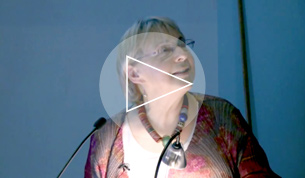 Christina Lodder:
Christina Lodder:
'A Painting Fit for Heroes: Kazimir Malevich's Reservist of the First Division' -
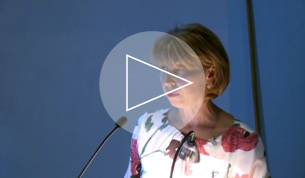 Natalia Budanova:
Natalia Budanova:
'Who Needs the Art Now?': Russian Women Artists Representing the Great War' -
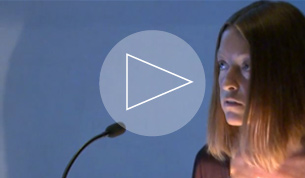 Valentina Parisi:
Valentina Parisi:
'Russian Avant-Garde Circles and the Literary Response to the Great War'
Work and Play Behind the Iron Curtain
The Shabolovka Tower Model
Kino/Film: Soviet Posters of the Silent Screen
-
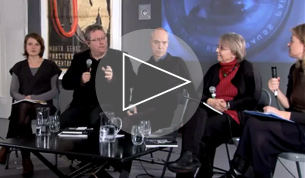 Curators and Special Guests:
Curators and Special Guests:
Panel Discussion with Exhibition -
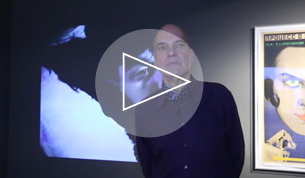 Lutz Becker:
Lutz Becker:
Curator talks: Chess Fever and The Three Million Case -
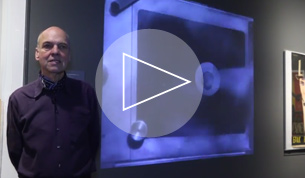 Lutz Becker:
Lutz Becker:
Curator talks: Man with a Movie Camera -
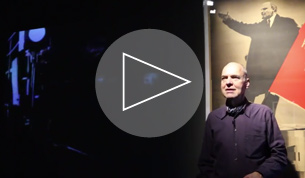 Lutz Becker:
Lutz Becker:
Curator talks: October -
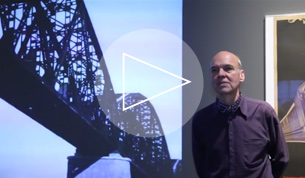 Lutz Becker:
Lutz Becker:
Curator talks: Storm Over Asia and Turksib -
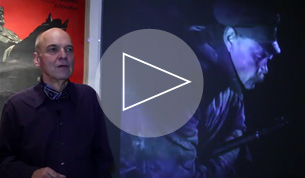 Lutz Becker:
Lutz Becker:
Curator talks: The End of St Petersburg -
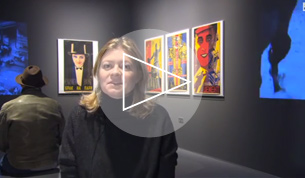 Elena Sudakova:
Elena Sudakova:
Soviet Posters of the Silent Screen
Utopia LTD
-
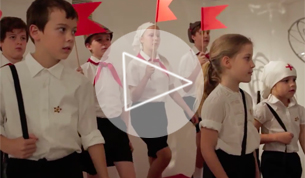 'Inside the Rainbow' Performance:
'Inside the Rainbow' Performance:
Directed by Irina Brown -
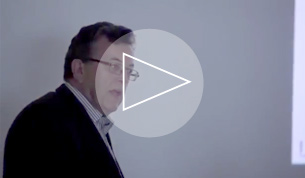 Professor John Milner:
Professor John Milner:
Seminar: 'Re-Constructivism' -
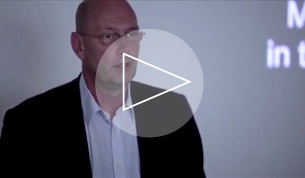 Willem Jan Renders:
Willem Jan Renders:
Seminar: 'After Lissitzky: Reconstructions at the Van Abbemuseum' -
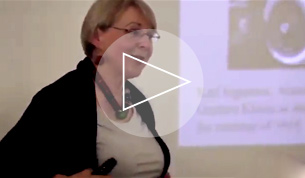 Christina Lodder:
Christina Lodder:
Seminar: 'Gustav Klucis: Transmitting Utopia' -
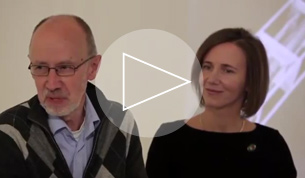 Aleksandr Shklyaruk:
Aleksandr Shklyaruk:
Seminar: 'Klucis and the Materialisation of a Futurist Idea' -
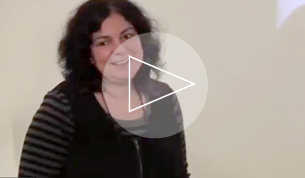 Dr. Maria Tsantsanoglou:
Dr. Maria Tsantsanoglou:
Seminar: 'Tatlin's Legend'
Listen
Superwoman: ‘Work, Build and Don’t Whine'
Unexpected Eisenstein
Bolt
A Game in Hell. The Great War in Russia
Read
Aristarkh Lentulov
(1882-1943)
Born in the town of Nizhny Lomov, near Penza in 1882 Aristarkh Lentulov came from a poor family. Religion played a large part in his early life due to his education at local religious schools and later at a seminary. It was in his school that he developed his love for drawing and when Penza Art College opened in 1898 he enrolled. After two years of study here Lentulov moved to attend the more prestigious Kiev School of Art where his interest in light and colour became apparent in his painting.
Lentulov applied to study at the St Petersburg College of Art in 1907 but his application was rejected. By this time he had developed his own style whilst experimenting with a group of young like-minded artists who aspired to use new techniques and methods. His paintings caught the eye of Dmitry Kardovsky and the young Lentulov went to study in his private studios in St Petersburg. Lentulov then went on to attend the Académie de la Palette and at the studio of Henri Le Fauconnier in Paris. Lentulov was one of the most experimental artists of his age, dabbling in Fauvism, Post-Impressionism and Cubism. However, Lentulov’s unique eye for light and colour meant he founded his own unique style of painting with the Futurist movement and made a significant contribution to the development of the Cubo-Futurist style of painting.
Lentulov travelled the world from 1909-1910 visiting destinations popular with artists such as Venice, France and the Crimea. It was at this time that he immersed himself in the Moscow art scene and in 1910 was one of the founding members of the important Jack of Diamonds group.
The Jack of Diamonds (also referred to as Knave of Diamonds) consisted of a number of dynamic young artists differing in style but united by their aim to promote new styles of art and escape from the insular, cliquishness of the Moscow art world, enabling young creatives to flourish artistically. Although the methods and techniques of artists within the group contrasted significantly, all members were inspired by the use of vibrant colours and light and the traditions of Russian folk art. The group was met with animosity in its founding years and struggled to gain public or critical favour.
In 1912, after travelling to Italy and finding inspiration in the work of Leonardo Da Vinci and the artwork in the Crimea, Lentulov’s work took a new direction. He was commissioned to design a mural for a café in the town of Koktebel in the Crimea, based on the towns inhabitants. This was the start of Lentulov’s monumental works. In 1912 he painted Allegory of the Patriotic War of 1912 to celebrate the 100th anniversary of Russia’s victory over Napoleon, a painting which is said to be the first instance of Cubo-Futurist painting. 1913 saw the production of Lentulov’s most famous work St Basil’s Cathedral and with his use of Cubo-Futurist techniques Lentulov claims he was able to ‘portray every aspect of the gallery at the same time’.
From 1916 Lentulov designed theatre sets for the Kamerny Theatre who performed in locations such as the Bolshoi Theatre and Moscow Chamber Theatre. In the 1920s Lentulov’s career flourished as joined the Association of Artists of Revolutionary Russia and the academic council of the Institute of Artistic Culture. In addition Lentulov simultaneously began his teaching career at the High State Art Technical Institute and the Moscow Institute of Fine Arts. Throughout his involvement with these prestigious institutions Lentulov clung to his experimental roots, holding free workshops for artists around Moscow. He was later commissioned to decorate Moscow for Soviet May Day celebrations heralding the anniversary of the Bolshevik Revolution.
1933 saw Lentulov’s largest solo exhibition; a collection of works from across several decades. Following this he embarked once again on his travels, creating new works inspired by the industrial revolution that Russia was currently facing. This included his famous series of sketches of the Moscow metro.
Lentoulov died in Moscow on 18th April 1943 and is buried in the Vagankovo Cemetery.



